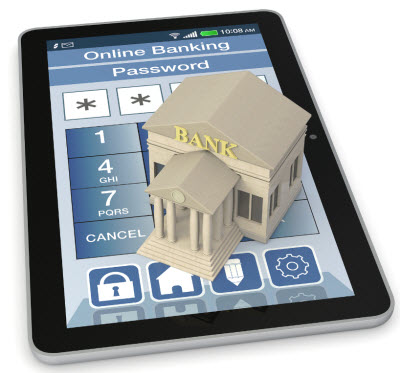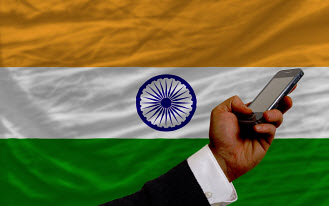The financial institution intends to release the first 3D banking app in the world this September.
The new smartphone app uses augmented reality technology to assist customers in locating the closest branch or ATM, shows transactions, account balances, and spending locations, all of which is displayed in three dimensions, and Westpac New Zealand (NZ) hopes that the app will help customers gain better control over their credit card spending.
The app was the concept that took the top spot in The Westpac Global App Challenge in the UK.
The application utilizes the smartphone camera, which scans a consumer’s debit or credit card. After scanning, it instantly generates a 3D visual representation that is equipped with bar charts to show the user the amount of money that was spent in different categories, for instance, utilities, food, travel, etc. It also sums up loyalty points, allows the customer to make on the spot payments and flags the number of days that are left before a bill is due.
The unnamed rocket scientist, who developed the application, has a side business of building apps. Simon Pomeroy, the chief digital officer at Westpac NZ, said of the challenge winner that “His job is in innovation. He spends his time thinking about apps and saw the ability to create one he’d use himself. He was just really blown away by the fact that he could enter something online and have it taken to this level.”
Augmented reality technology takes mobile banking to another level.
 Pomeroy said that after seeing the concept for the app, it became clear the impact AR tech can have in terms of “adding a new dimension to mobile banking.” He also noted that one of the important features of the app is its ability to find ATMs that were part of the ATM Global Alliance around the globe that could be used by Westpac customers free of charge.
Pomeroy said that after seeing the concept for the app, it became clear the impact AR tech can have in terms of “adding a new dimension to mobile banking.” He also noted that one of the important features of the app is its ability to find ATMs that were part of the ATM Global Alliance around the globe that could be used by Westpac customers free of charge.
Pomeroy stated that Westpac customers are constantly asking the company for quicker and more convenient ways to conduct their banking. What Westpac feels the app will accomplish is it can bring everyday banking to life in a visually appealing way that is easy to use. It will take daily banking to a whole new level.
The new augmented reality app will be released for iOS in September. Westpac said that there will also be an app released for Android mobile devices, which will come out later this year.


